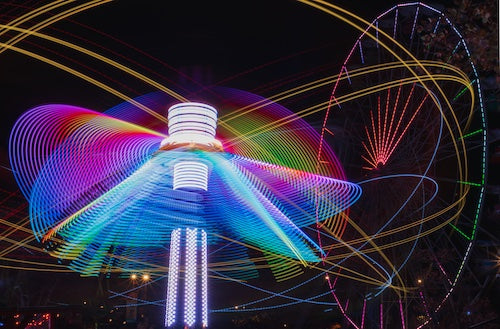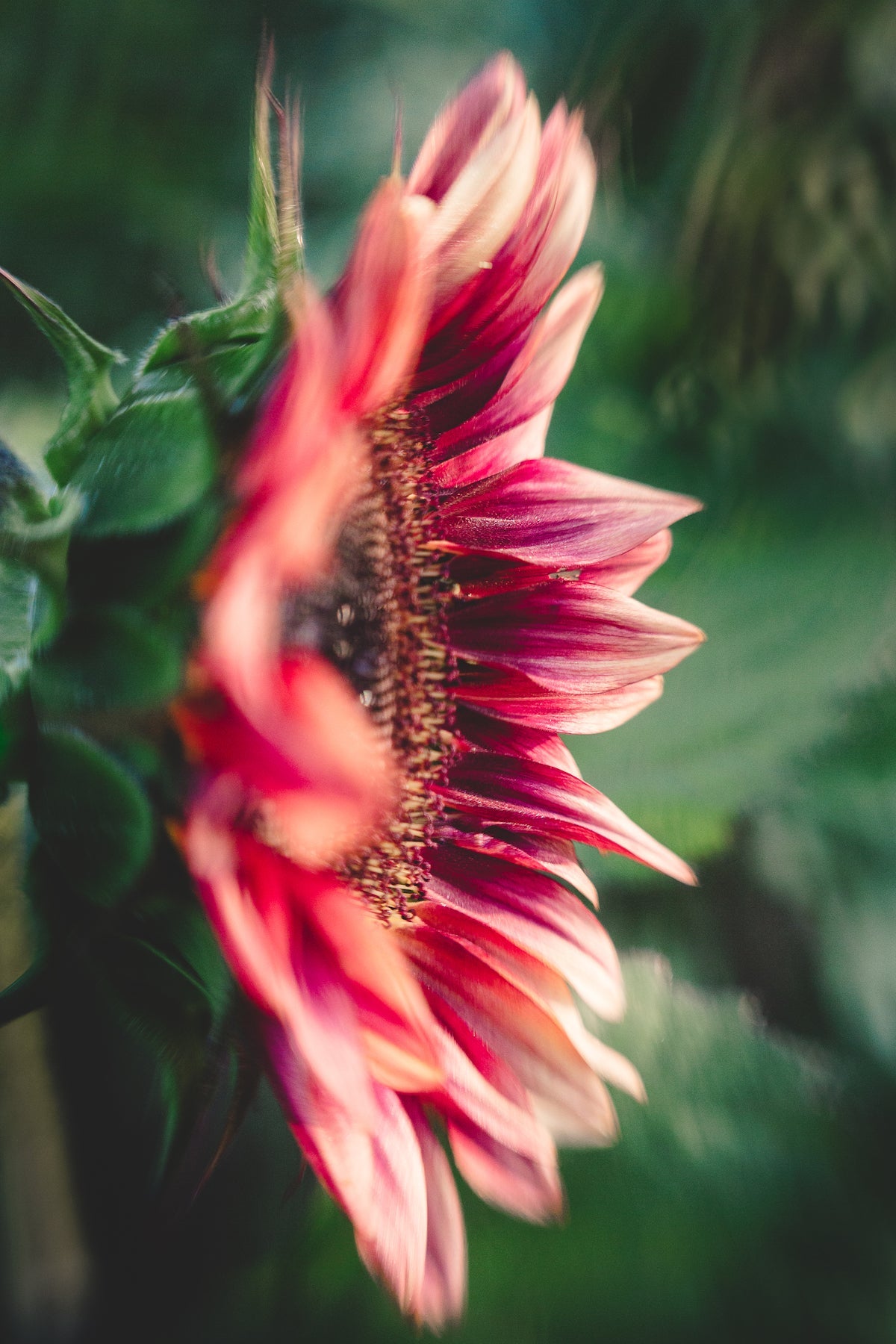Learn to Embrace the Night!
Who says your camera has to go away after sunset?! There are a plethora of fun photographic opportunities after the sun goes down. From lightning bugs and fireworks in the summer months to Halloween/Holiday lights in the winter, full moonrises, meteor showers and the Milky Way there is plenty to find delight in the night.
Many people, especially women, are hesitant to go out at night and try their hand at photography. There is a lot to think about but with a little preparation things are much easier. Remember S.A.F.E.

S - SAFETY, it should be your first and foremost concern. Ideally you should have scouted your location in the daytime and taken note of any roots or rocks that could turn an ankle. You can get a better idea of your composition and exactly what you want before fumbling in the dark. You should have done your research and know if this location is a safe area to be in. Above all someone else should know where exactly (pin pointed on a Map) where you are going and when you expect to return. Take your cellphone and/or GPS with you to your location. And if you can con a buddy into going along with you, you will feel much more calm, relaxed and creative. There is safety in numbers. If you are outdoors you will need to prepare for the weather, remember even in the summer months it can get much cooler after the sun goes down and you will likely need gloves. And wildlife, know what’s in your area and take appropriate precautions.

A- AWARE. You need to be aware of your surroundings at all times. One easy way to be aware when in the field is by practicing all the photographic things at home first. You should be able to pick up your camera adjust the aperture, shutter speed and ISO in the dark without turning on a light. Seriously! Sit in your living room at night and do this until you've built the muscle memory.
You can also preprogram many common starting settings for a common situation and adjust on the fly in the field. For example if shooting the Milky Way I may already have my Fstop at 1.8, my ISO between 3200-6400 and my shutter speed between 10-13 seconds. I would have adjusted my WB settings, have my peaking settings on high for getting focus. Figure out what you need and have as much pre-set as possible before you even get in the field. Prepare for your night shoot by charging your batteries, packing your tripod, cable release, lens cloths, flashlight/headlamp with working batteries, put this in the car in daytime so you know you have it. Another portion of awareness is knowing your timing. Make sure you research what time is moonrise/set, when is the Milky Way core visible, what time does the meteor shower peak. Am I allowed to be in this park after dark without getting arrested…… When you have a good handle on these things by preparation it makes it much easier to pay attention to your surroundings while in the dark to keep you safe.

F - FOCUS/FUN - Now that you have safety, preparation and awareness taken care of it’s time to get done to business and have some FUN. Take a few seconds to enjoy what you are witnessing without worrying about the camera, you are likely looking at something pretty spectacular. Finding your focus in the dark can be difficult. Doing a blue hour shot of your foreground elements is a great way to establish your focus and get a less noisy image.
Alternatively you can take the shot after blue hour by using your flashlight to illuminate a foreground element and make sure your focus is good. As far as getting focus on stars, find a bright planet like Venus use your Live View feature and magnify x 10 with your Peaking settings on to establish your sky focus. It takes practice and this is a good thing to practice in your own backyard a few times before going out for an actual night shoot.

E- Expectations - Don’t expect to make a masterpiece your first few times. Get out there, have fun, practice and you will get the hang of it.





Leave a comment
All comments are moderated before being published.
This site is protected by hCaptcha and the hCaptcha Privacy Policy and Terms of Service apply.